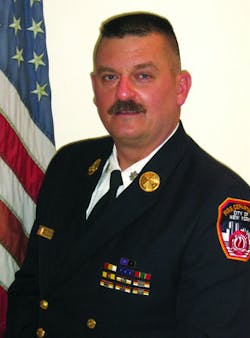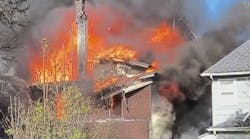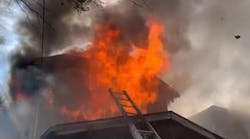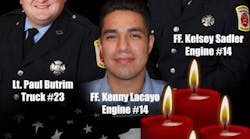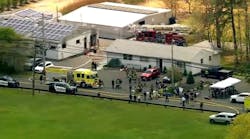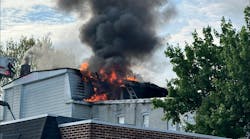What does firefighter survival have to do with extinguishing fires? What does wearing a seatbelt have to do with making a primary search? The answer is everything! In many fire service articles, books and training programs, we isolate the topic that we are addressing for better focus, but we never really complete the connection with all of the other issues we must deal with. None of these topics exists alone or can be addressed individually. Let’s take a look at how we can put it all together.
Does your department have written, established fire tactics and procedures? Is there any kind of manual or bulletin that a group of firefighters could read and study to better develop their skills and abilities? Looking at it from the other perspective, you must ask yourself how could you possibly get better at what you are doing, or even know if you are doing it correctly, if it isn’t written down somewhere. Does the “A” shift do things differently than the “B” shift? These are just a few of the issues that emerge when discussing and establishing tactics and procedures for your department.
The real measuring stick here is that when established procedures are implemented and followed, the level of performance of every company and every firefighter rises, and a department-wide standard emerges. Without standardization, each shift, each group of volunteers and each company will operate at dramatically different levels with dramatically different results. And the results that vary can be the ability of a unit to properly stretch a hoseline and extinguish a fire, rapidly search a private dwelling for a trapped occupant or perform an SCBA emergency procedure to survive an entanglement inside a burning building. So as you can see, simply establishing and practicing department-wide tactics and procedures can have a dramatic, positive impact on your level of service excellence as well as your firefighter survival skills.
Well now that we know you need to establish and practice your tactics and skills, we need to talk about training. Training is the single most important activity that every firefighter in every fire department needs to be involved in on a very regular basis. “Very regular” means all the time. If you haven’t quite got the message, I mean every time you work a shift or every week at a scheduled drill or training session. I know volunteers don’t necessarily work shifts, but any volunteer company should be able to run a good company drill once a week. You career people need to be training every shift. Did I already say that? Training is the activity that brings tactics and procedures to life. Training is the activity that makes decent firefighters great! Training is the activity that lowers the number of civilian fire deaths, and training is the activity that keeps firefighters alive and healthy.
So what kind of training is available? What kinds of equipment or tools or props do we need? The answer is too long to include here, but many are quite easily located and used. The first location is online. If you cannot get online at your firehouse, call the chief and tell them to join the 21st century and provide that service to the firehouse. There are thousands of articles, lesson plans, videos, photographs, close calls and stories that can be used as a starting point for a good drill. Simply watching recently captured fireground videos where things went well (or not so well) can spark a great kitchen table discussion. What else can you find online? Instructions and drawings and videos of training props and how to construct them. I have seen props online for wall breaching, rappelling, ladder escape, SCBA emergency procedures, RIT pack operations and dozens more.
We all know that there is a tremendous amount of information that needs to be learned and shared in the fire service. What we must remember is that none of the skills or abilities stands alone. Being good or even great at engine company skills may not be enough to keep you alive at the next fire you respond to, and being the best RIT may not help you fight your next house fire. To be a great firefighter in a great company, you need to develop and practice a wide variety of tactics, skills, procedures and abilities. We all need to be well rounded and “put it all together.”
